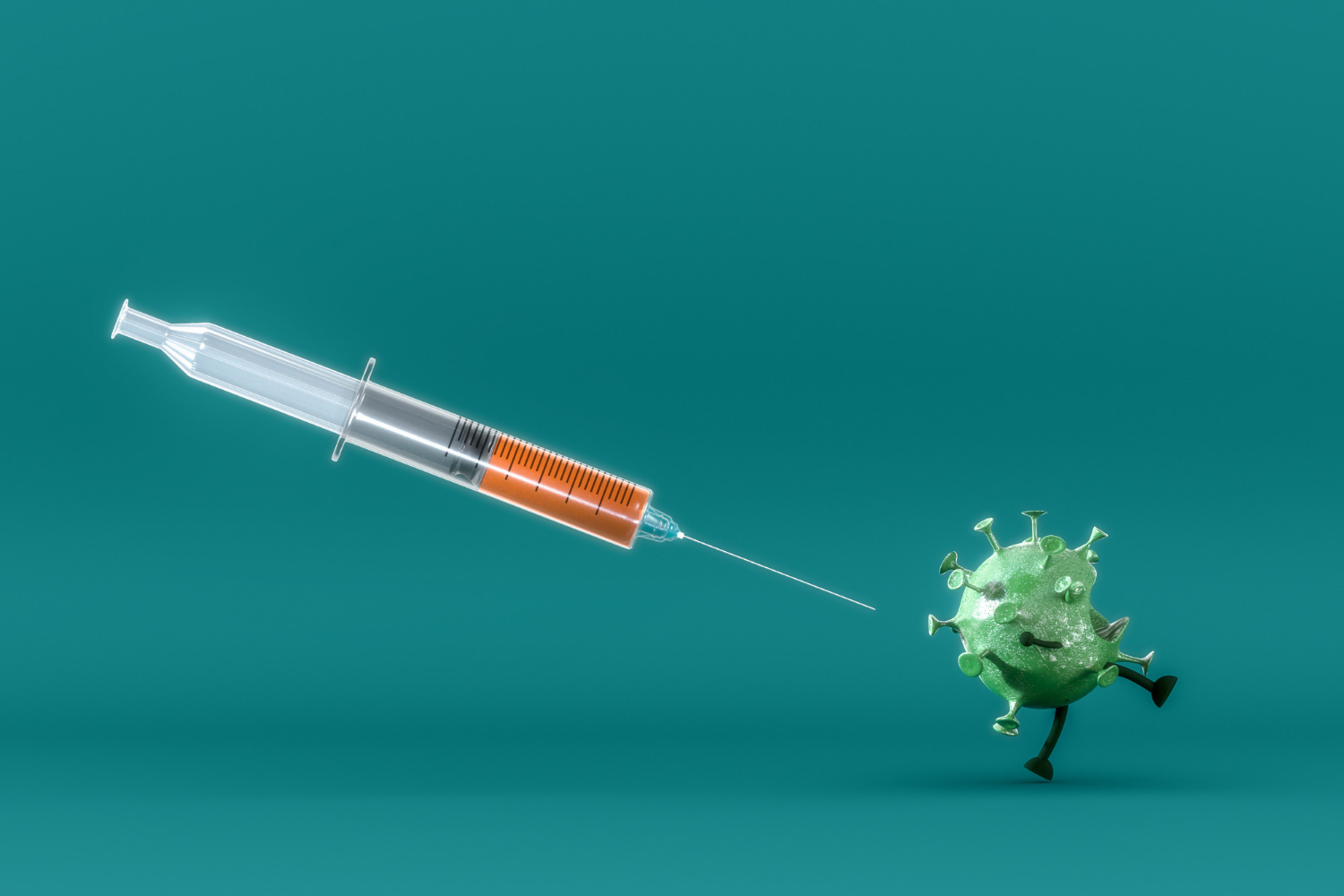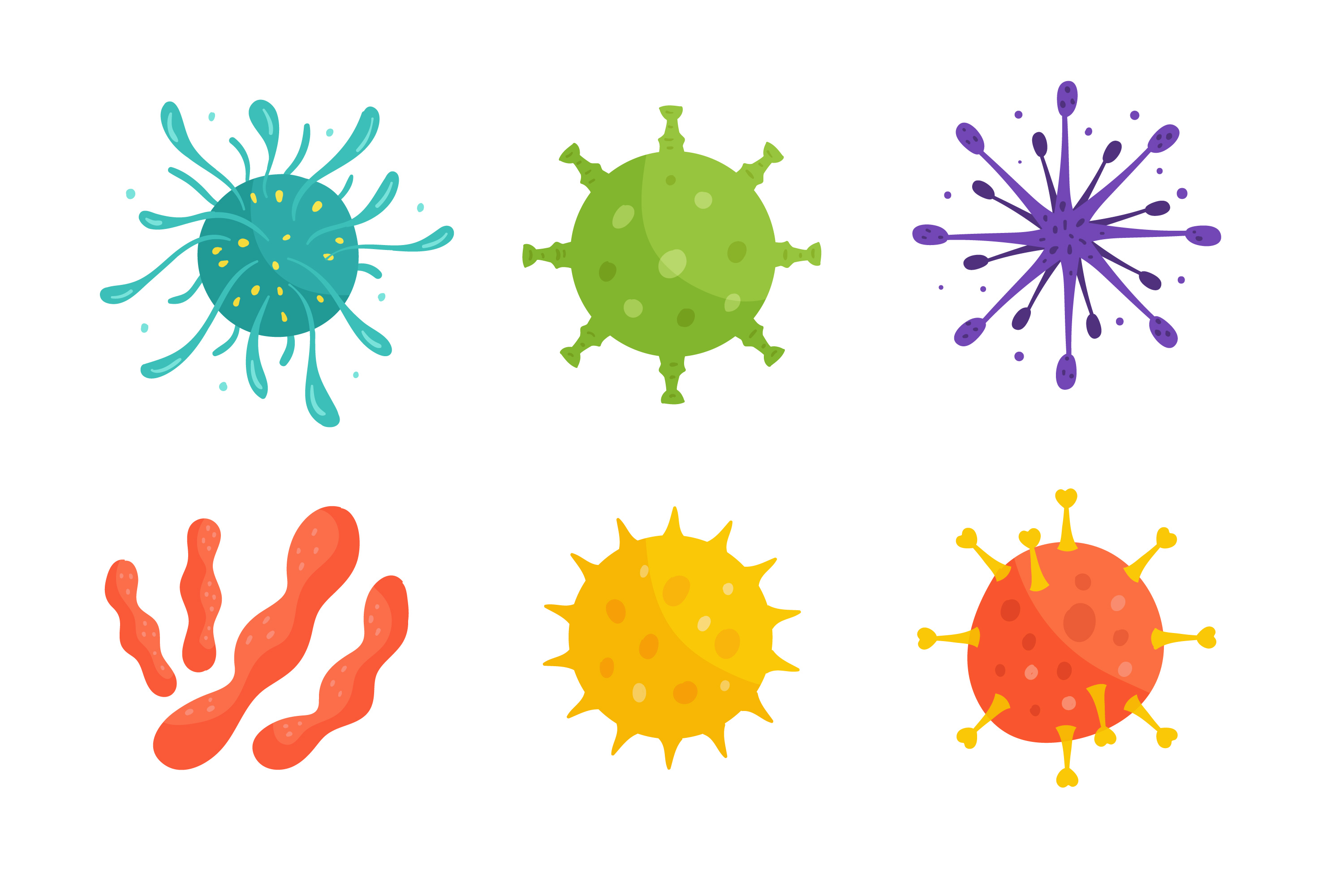Picornavirus Like Particle Vaccines - What Are These And How These Are Developed?
The problems and opportunities connected with processing picornavirus-like particle vaccines have hampered their progress from research to vaccine manufacture.
Author:Karan EmeryReviewer:James PierceSep 04, 202217 Shares575 Views

Polio has been significantly decreased by the use of inactivated poliovirus vaccine and live attenuated oral poliovirus vaccination. Concerns have been raised about vaccine-derived polio epidemics caused by oral poliovirus vaccination.
The use of live poliovirus for vaccine manufacture is not without danger, and its usage should be discontinued to accomplish worldwide polio eradication. The problems and opportunities connected with processing picornavirus-like particle vaccineshave hampered progress in moving picornavirus-like particles from research to vaccine manufacture.
What Are Picornaviruses?
Picornaviruses are nonenveloped RNA viruses that infect vertebrates such as fish, mammals, and birds. They are viruses from a vast family of tiny, positive-sense, single-stranded RNA viruses with icosahedral capsids of 30 nm. This viral family is responsible for various illnesses, including the common cold, poliomyelitis, meningitis, hepatitis, and paralysis.
The Picornaviridae family (picornaviruses) causes more infections than most, if not all, other viral families. Aseptic meningitis (the most common acute viral disease of the CNS), encephalitis, the common cold, febrile rash disorders (hand-foot-and-mouth disease), conjunctivitis, herpangina, myositis and myocarditis, and hepatitis may all result from picornavirus infection.
Developing Picornavirus-Like Particle Vaccines
Vaccination has shown to be the most successful and cost-effective method of controlling the spread of infectious illnesses. Virus-like particles (VLPs) against picornavirus-caused human and animal diseases are being investigated and produced as possible vaccines.
VLPs generated utilizing diverse expression methods have shown promising immunogenicity and protective effectiveness findings. Further bioprocess development, supported by enhanced analytical VLP characterization methods, is required to convert these VLPs into vaccine formulations.
Vaccination has shown to be the most successful and cost-effective method of controlling the spread of infectious illnesses. Virus-like particles (VLPs) against picornavirus-caused human and animadiseaseses are being investigated and produced as possible vaccines.
VLPs generated utilizing diverse expression methods have shown promising immunogenicity and protective effectiveness findings. Further bioprocess development, supported by enhanced analytical VLP characterization methods, is required to convert these VLPs into vaccine formulations.
Structure Of Picornavirus
Picornaviruses are nonenveloped capsids with icosahedral symmetry and a single-stranded positive-sense RNA. The viral genome comprises three polyprotein sections, P1, P2, and P3; all translated as a single polyprotein.
The P2 and P3 sections encode seven nonstructural proteins for viral replication and pathogenicity. The P1 region encodes a precursor protein, P1, which is usually about 90 kDa in size and is proteolytically processed by the virally encoded protease into structural proteins VP0, VP3, and VP1 (protomer).
The protomer is a P1 monomer because the three structural proteins are never separated. The protomers combine to form pentameric intermediates, and 12 pentamers combine to create an icosahedral procapsid structure (Figure 2B).
This is followed by a final encapsidation process in which the viral RNA is encapsidated into the procapsid, and VP0 is cleaved further into VP4 and VP2. A virus that has been wholly constructed has 60 copies of VP1 and VP3, 58-59 copies of VP2 and VP4, and 1-2 copies of VP0. VP1, VP2, and VP3 are the three structural viral proteins exposed on the virus's surface responsible for the host antibody response.
Downstream Processing Picornavirus Like Particle Vaccines
Downstream processing is the most critical phase in biopharmaceutical manufacturing since it determines the overall economics of the process. Understanding the physical, chemical, and biological properties of VLPs is required for developing effective VLP downstream processing techniques.
The host pollutants from which the target product is isolated determine the complexity of the purification process. Although picornaviruses are physically similar, their harvesting sites differ.
The mechanism of picornavirus VLP release into culture supernatant is unknown; however, some favor it for simplicity of purification. Commercial HPVVLP vaccines bypass this barrier by removing host impurities via in vitro VLP breakdown and reassembly.
People Also Ask
What Disease Is Caused By Picornavirus?
Aseptic meningitis (the most common acute viral disease of the CNS), encephalitis, the common cold, febrile rash disorders (hand-foot-and-mouth disease), conjunctivitis, herpangina, myositis and myocarditis, and hepatitis may all result from picornavirus infection.
What Are Virus-Like Particles Made Of?
Viral-like particles (VLPs) are nanoscale entities composed of assembled viral proteins devoid of viral genetic material and hence non-infectious. VLPs are nanoparticles that are disseminated and may be created in various systems, including humans, plants, insects, and microorganisms.
Is Polio Virus A Picornavirus?
Picornaviruses are members of the family Picornaviridae, the order Picornavirales, and the realm Riboviria. This family has 158 species divided into 68 genera. Enterovirus (Rhinovirus and Poliovirus), Aphthovirus, Cardiovirus, and Hepatovirus are notable examples.
What Is Virus-Like Particles Vaccine?
Virus-like particles vaccine is an abbreviation for virus-like particles. Virus-like particles are molecules that have the appearance of viruses but are not contagious. They are a very successful method of developing vaccines for illnesses such as human papillomavirus (HPV), hepatitis B, malaria, and others.
Conclusion
Most picornavirus-like particle vaccines are produced in laboratories, and critical milestones must be met before these picornavirus-like particle products may be translated.
The development of picornavirus-like particle vaccines for polio, HFMD, and FMD is gaining popularity. We may anticipate further novel advances in the picornavirus-like particle vaccines production workhorse, the baculovirus-insect cell expression system, which will considerably aid in the creation of enterovirus picornavirus-like particle vaccines.

Karan Emery
Author

James Pierce
Reviewer
Latest Articles
Popular Articles
